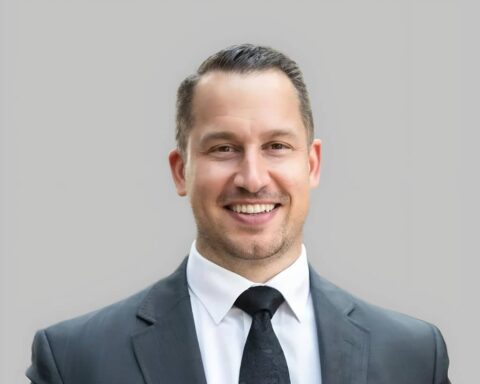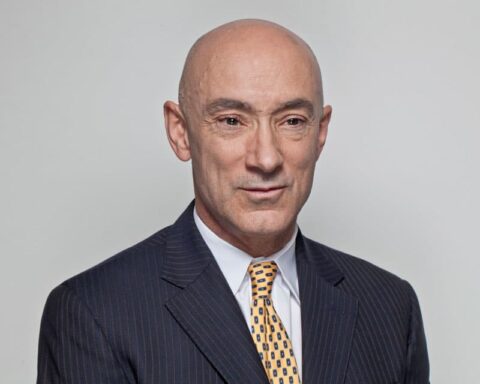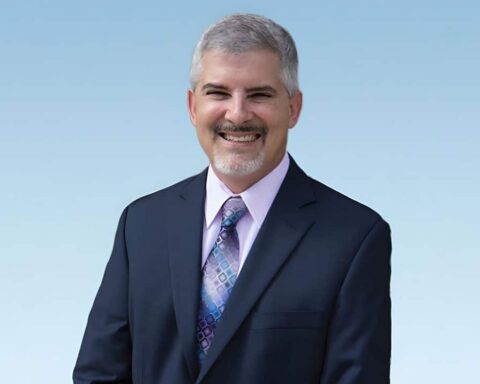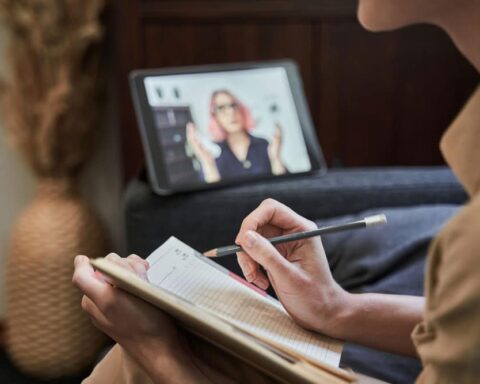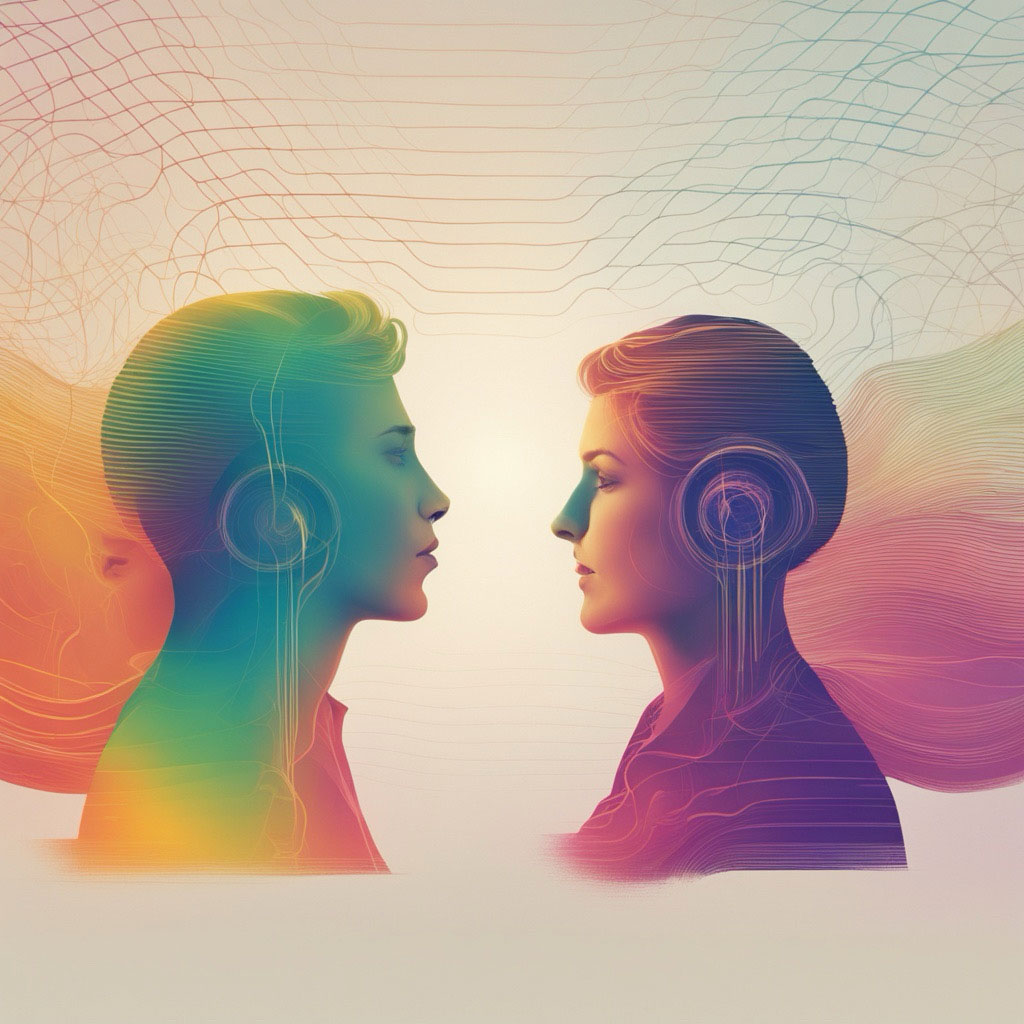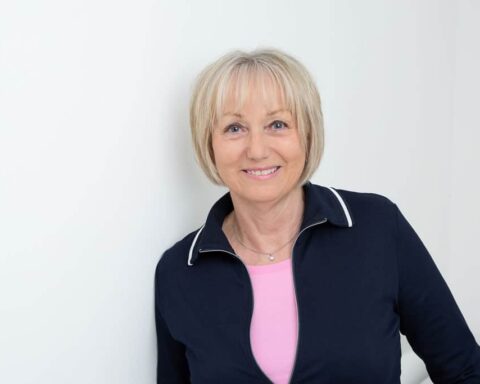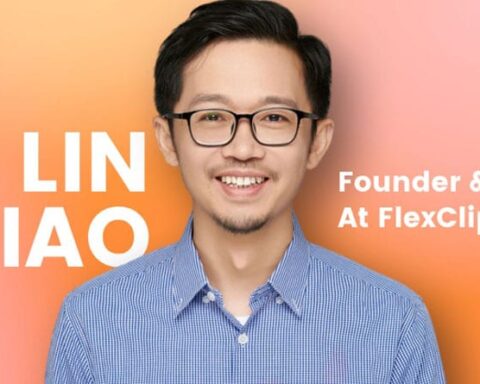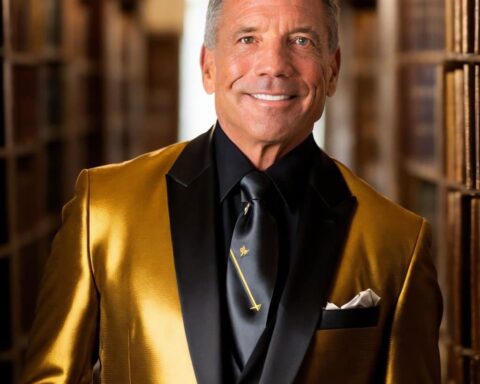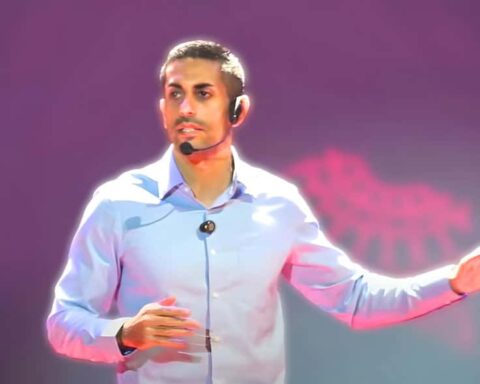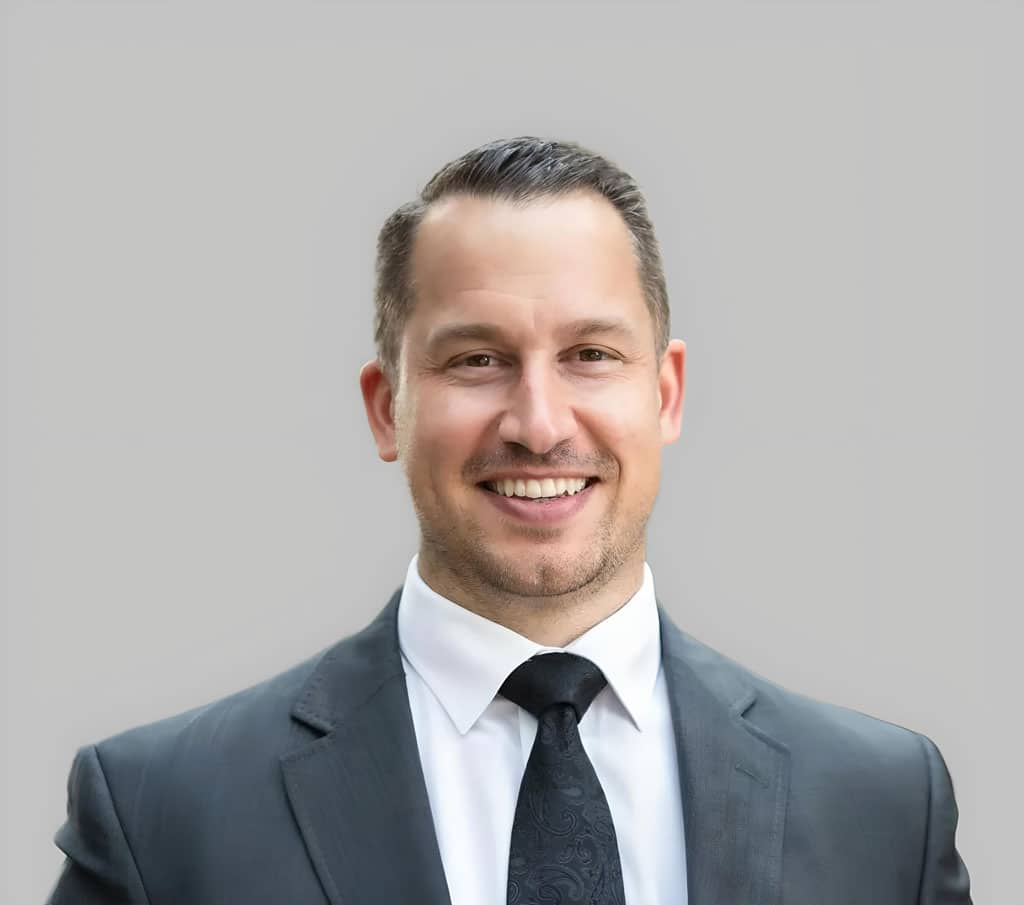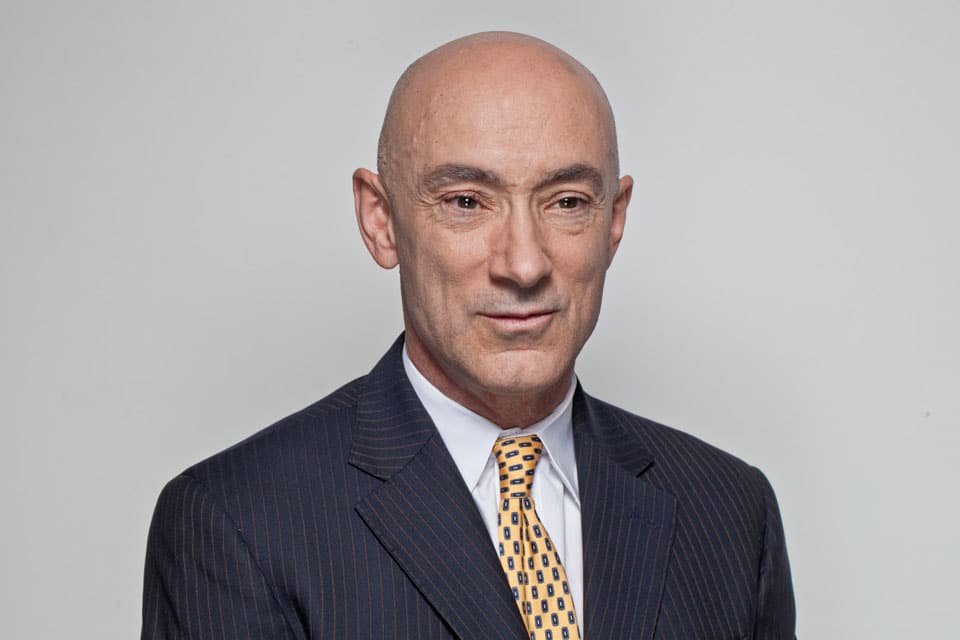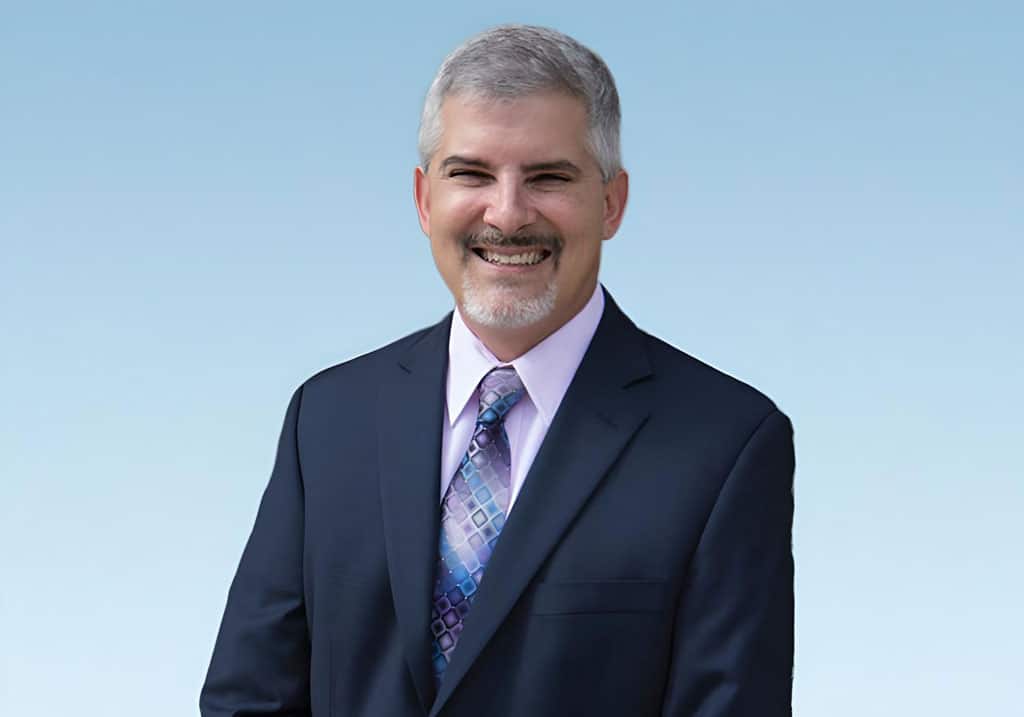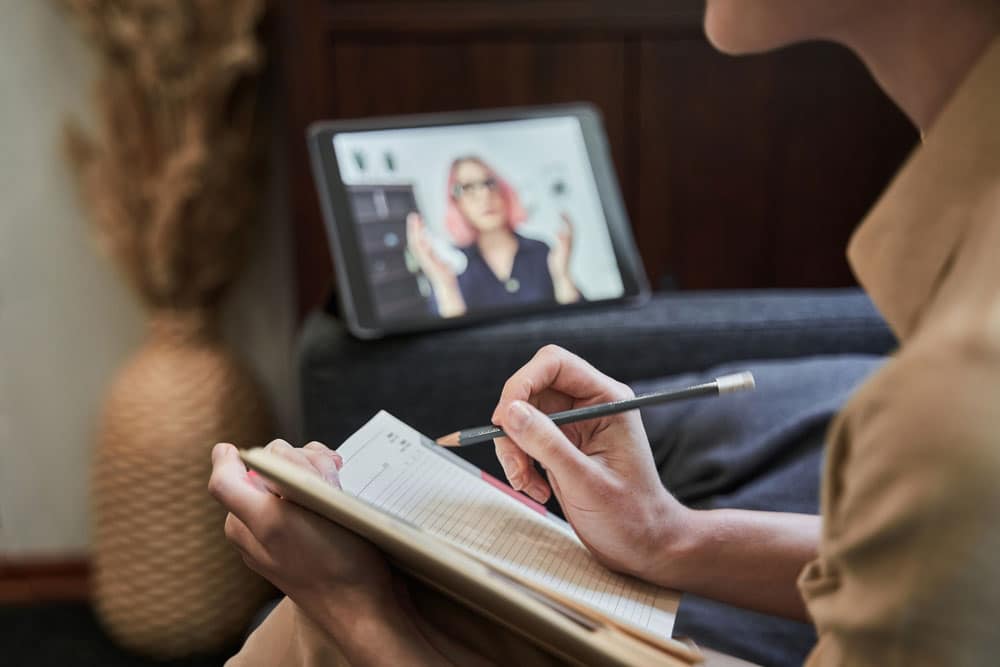From naive realism to communities of truth, embracing different viewpoints leads to deeper connection, clarity, and progress
Whether you’re discussing politics at a barbecue, resolving a workplace dispute, or negotiating peace in global conflict zones, the key to meaningful dialogue lies not in winning an argument, but in understanding where the conversation truly begins. We must start at the foundation: our perspectives. Without recognizing that our own view is shaped by unique life experiences and not necessarily an objective truth, we’ll continue to speak different languages—never truly hearing one another.
Our upbringing significantly shapes how we perceive the world. For example, someone raised in a poor neighborhood may have a vastly different understanding of wealth compared to someone from affluence. This kind of relativism deeply influences our conclusions and responses. If we don’t acknowledge it, we’re doomed to misinterpret each other again and again.
Years ago, I participated in a program developed by a consortium between MIT and Harvard called “Dealing with an Angry Public.” One exercise involved watching a video of a large man unloading a box from a truck, only to accidentally collide with a smaller woman. An argument ensued, and both parties shared their account with local authorities. When asked to determine who was lying, none of the 30 tables of participants concluded that either party was dishonest. Instead, they recognized that both individuals shared their experiences truthfully—from their own perspectives.
This phenomenon is well summarized by David Brooks in his 2023 book, How to Know a Person. He refers to naive realism—the idea that the way we see the world is the only objective reality, and everyone else should see it the same way. Brooks illustrates this with a classic story: a woman standing on one side of a river shouts to a man on the opposite shore, “How do I get to the other side of the river?” The man replies, “You are on the other side of the river!”
In my latest book, I expand on this idea by examining the early limitations on our perspectives—from where we grow up to the environments we’re placed in. I also introduce the Ladder of Inference by Chris Argyris, a model that helps explain how people interpret reality differently. We observe data, add meaning, make assumptions, draw conclusions, adopt beliefs, and take actions—all of which reinforce how we see the world. This ladder helps explain how two people can see the same event and yet interpret it entirely differently.
But our differences are not a flaw—they are a gift.
During virtual sessions I’ve led, I show participants a beautifully appointed room and ask them to describe it. No one sees everything. People focus on different details, draw meaning from varied elements, and describe the room through their personal lens. It takes the collective perspectives of the group to fully describe the room. This exercise underscores why accessing multiple perspectives enriches our understanding.
In the book, I emphasize that biases aren’t inherently negative. “Biases are not bad. We all have them. We learn by owning up to them and being open to new ideas. Imagine the benefit of having an extra-wide Ladder of Inference. Building that ladder and climbing it together will give your group or team greater clarity about what they’re seeing and offer them a more holistic perspective about what it all means.”
When I was a child listening to adults argue, I often thought, “They’re two conversations away from having the conversation they’re trying to have.” Even now, that idea holds. Mark Twain once said, “If God intended us to talk more than listen, he would have given us two mouths and one ear.” Listening, however, isn’t enough—we must also open ourselves to understanding another’s point of view, whether we agree or not.
In the final chapter of the Second Edition of Peernovation, I bring Brooks’ insights full circle. In Getting to Know a Person, Brooks notes that “wisdom is practiced when people come together to form what Parker Palmer called a ‘community of truth.’” In such communities, we journey into each other’s minds, challenge our egos, and move from “I am normal” to “let me see through your eyes.”
That is the kind of dialogue that moves us forward.
Post Views: 544
